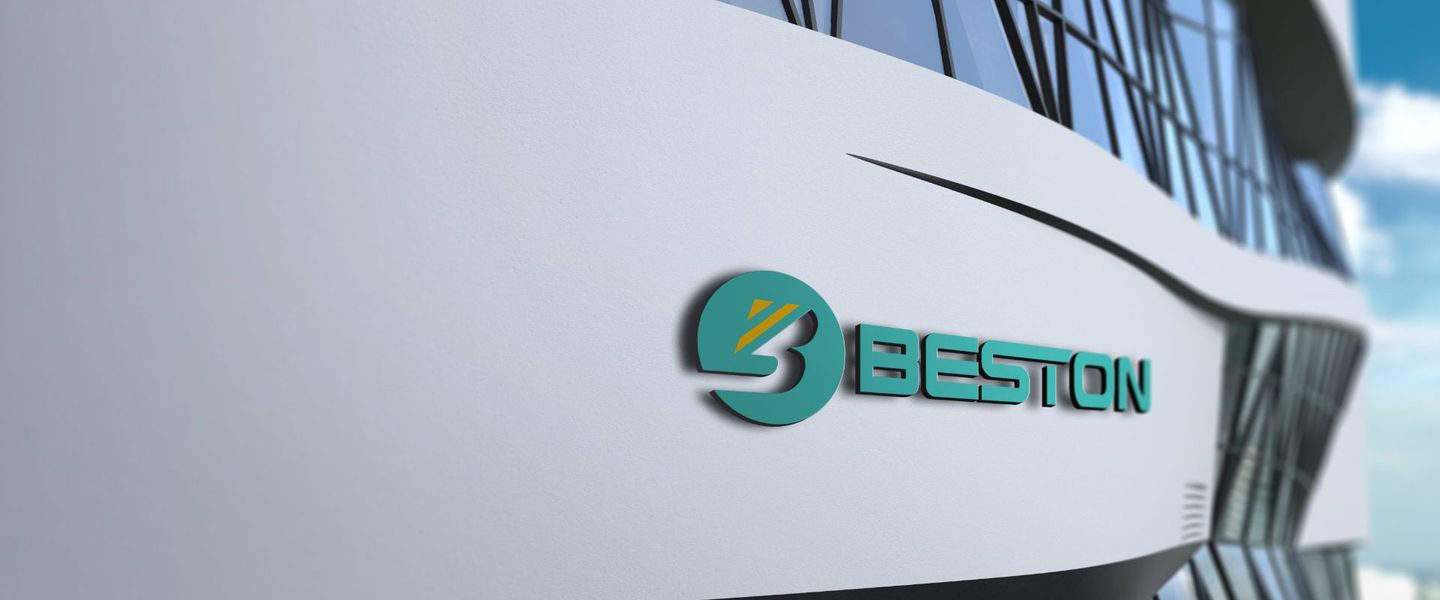

- Home
- Companies
- Beston Group Co., Ltd.
- Articles
- Wood to Charcoal Conversion: Magic ...
Wood to Charcoal Conversion: Magic Carbonization
Charcoal, a form of carbon, has been used for centuries as a fuel source and in various industrial processes. The conversion of wood to charcoal, known as carbonization, involves heating wood in the absence of oxygen. This process removes moisture and volatile substances, leaving behind nearly pure carbon.
The Carbonization Process
Selection of Wood:
The quality and type of wood significantly influence the quality of the resulting charcoal. Hardwoods, such as oak and hickory, are preferred due to their dense structure, which yields higher-quality charcoal with better burning characteristics.
Preparation:
Wood is typically cut into manageable pieces and dried to reduce its moisture content. Drying can be achieved through natural air drying or kiln drying.
Pyrolysis:
The core of the carbonization process is pyrolysis, where wood is heated to high temperatures (typically between 400°C and 700°C) in a low-oxygen environment. This can be done in various types of kilns, including traditional earth-covered pits, brick or metal kilns, and more advanced retorts.
The absence of oxygen is crucial to prevent the wood from combusting and turning into ash. Instead, the heat causes the wood to decompose chemically, releasing volatile gases and leaving behind carbon-rich charcoal.
Stages of Pyrolysis:
Drying Phase: The initial stage where any remaining moisture in the wood evaporates.
Devolatilization Phase: The temperature rises, causing the release of volatile compounds such as methane, hydrogen, and tar. This phase is characterized by the emission of smoke and gases.
Carbonization Phase: As temperatures continue to increase, the volatiles diminish, and the wood structure begins to break down into carbon and ash. This phase results in the formation of charcoal.
Cooling Phase: The produced charcoal is allowed to cool in a controlled environment to prevent spontaneous combustion.
Types of Carbonization Methods
Traditional Kilns:
Earth Mound Kilns: Simple and low-cost, these involve covering a pile of wood with earth and leaves, then igniting it. The slow burn under limited oxygen results in charcoal.
Brick Kilns: More durable and efficient, brick kilns offer better control over the carbonization process.
Modern Methods:
Advanced wood to charcoal machine: Portable and reusable, these provide improved efficiency and control.
Retorts: Advanced systems that capture and recycle the volatile gases produced during carbonization, making the process more environmentally friendly and efficient.
Environmental Impact and Innovations
While traditional methods of charcoal production are often associated with deforestation and pollution, modern techniques aim to address these issues. Innovations in the carbonization process focus on sustainability and reducing environmental impact:
Efficient Kilns and Retorts:
Improved designs that optimize the carbonization process, reducing the amount of wood needed and minimizing emissions.
Biochar Production:
A form of charcoal used for soil amendment, biochar is produced using similar carbonization processes but is specifically designed to improve soil health and sequester carbon, thereby mitigating climate change.
Waste Biomass Utilization:
Using agricultural and forestry residues as feedstock for charcoal production reduces waste and the need for fresh wood, promoting a circular economy.
